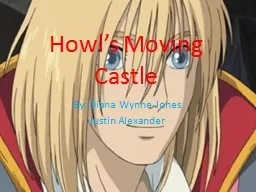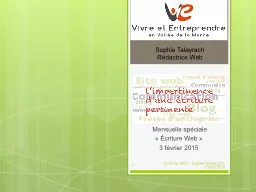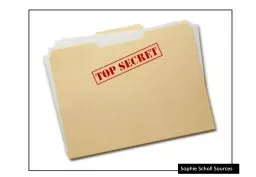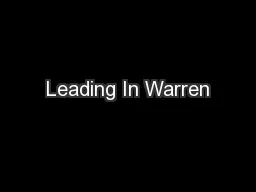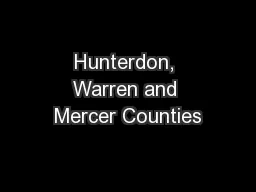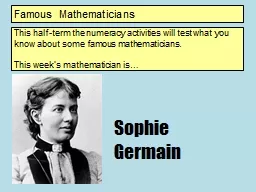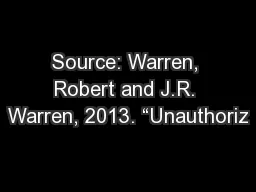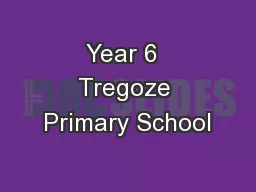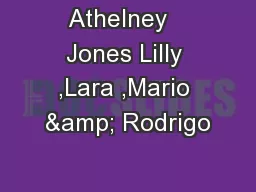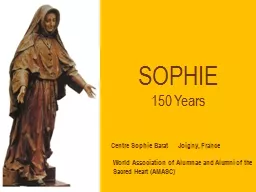PPT-© Portland Jones & Sophie Warren
Author : briana-ranney | Published Date : 2017-11-28
Illustrations Barbara Hinchcliffe Horses have been domesticated for 6000 years However d espite our long association with them the situation isnt always perfect
Presentation Embed Code
Download Presentation
Download Presentation The PPT/PDF document "© Portland Jones & Sophie Warren" is the property of its rightful owner. Permission is granted to download and print the materials on this website for personal, non-commercial use only, and to display it on your personal computer provided you do not modify the materials and that you retain all copyright notices contained in the materials. By downloading content from our website, you accept the terms of this agreement.
© Portland Jones & Sophie Warren: Transcript
Download Rules Of Document
"© Portland Jones & Sophie Warren"The content belongs to its owner. You may download and print it for personal use, without modification, and keep all copyright notices. By downloading, you agree to these terms.
Related Documents




